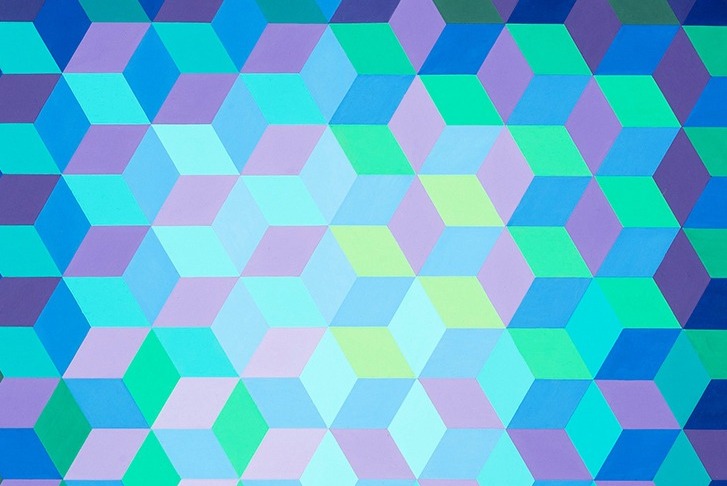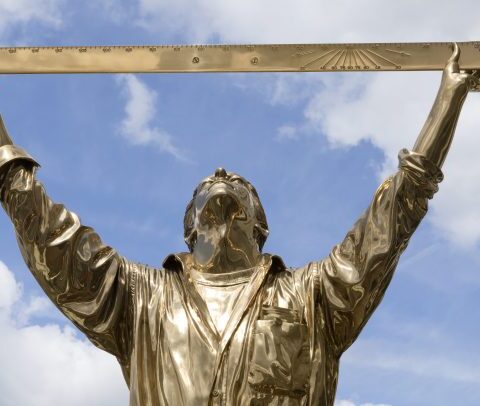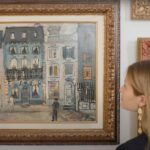Since the beginning of time, geometry has been an inseparable companion of art and in our contemporary art auctions we always count on the presence of works by artists who best represent the geometric trends that emerged during the twentieth century. It was then when, as a result of the Bauhaus or Suprematism approaches, theories about its use and significance multiplied, becoming a motif of some of the great artistic utopias of history. In fact, already in antiquity it was considered a symbol of purity, intelligence and perfection, attributing to it scientific, cosmological and even mystical functions that would make it a perfect metaphor for the cosmic order and its ups and downs. With the emergence of the avant-garde and movements such as geometric abstraction, Op art and kinetic art, the aesthetic, conceptual and philosophical possibilities that geometry could offer were explored in depth, blurring the boundaries that delimited artistic and scientific practice, as well as the limits between art and life.
VICTOR VASARELY (35129459)
The great creator of visual deceptions and optical paradoxes, Victor Vasarely developed his own plastic language with which, following the theories of the Bauhaus and Russian Suprematism, he sought to reduce the distance between art and life. Vasarely, who soon opted for geometric abstraction, discovered through the observation of landscapes, the internal geometry of nature, the same geometry that in his works would become a symbol of the laws of the universe. In the 1960s, his research led him to a new form of artistic expression known as Op Art, based on the experimentation of the optical and psychological processes of perception through the juxtaposition of geometric forms always within a perfectly structured system. The interplay of shapes and colors with which Vasarely created his optical illusions was understood as a plastic unity similar to the network of elements that make up the universe. In this case, Vasarely shows off his precise technique and his mastery of form and rhythm to create an optical, expressive and dynamic juice with which he establishes a dialogue with the viewer.
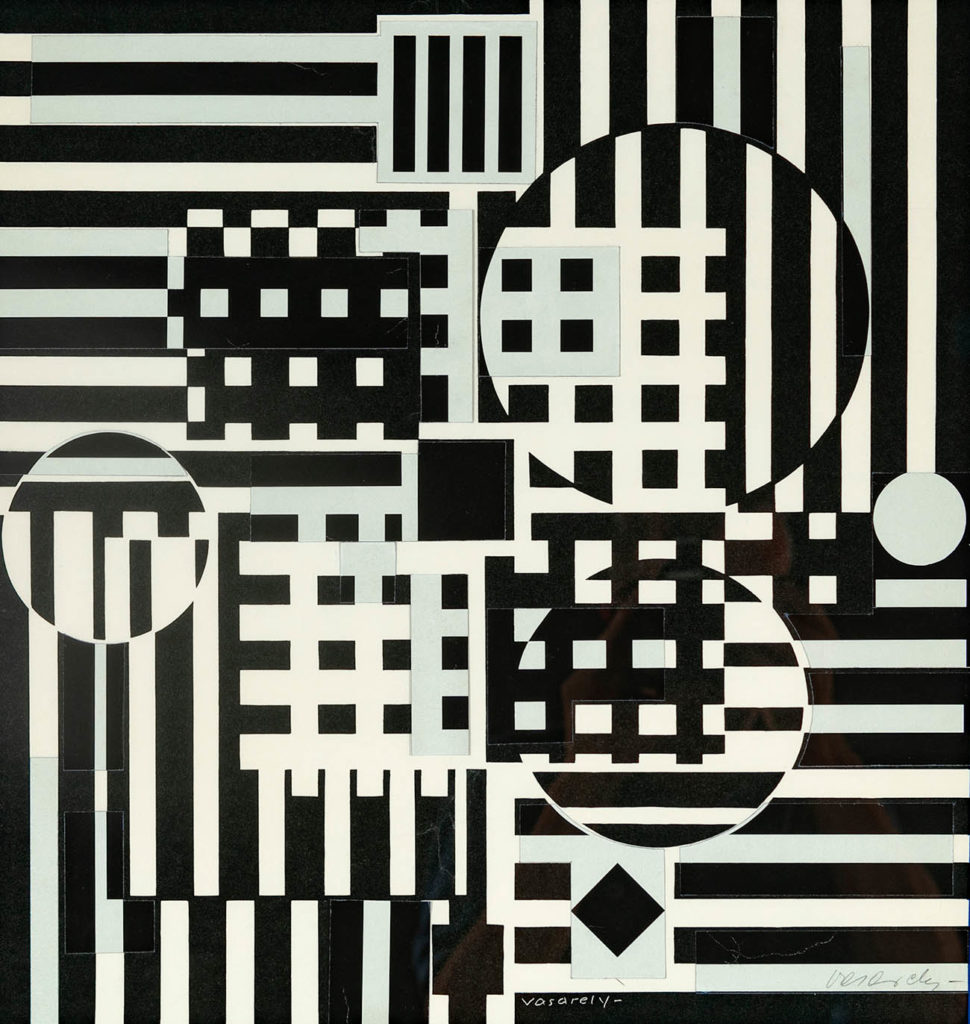
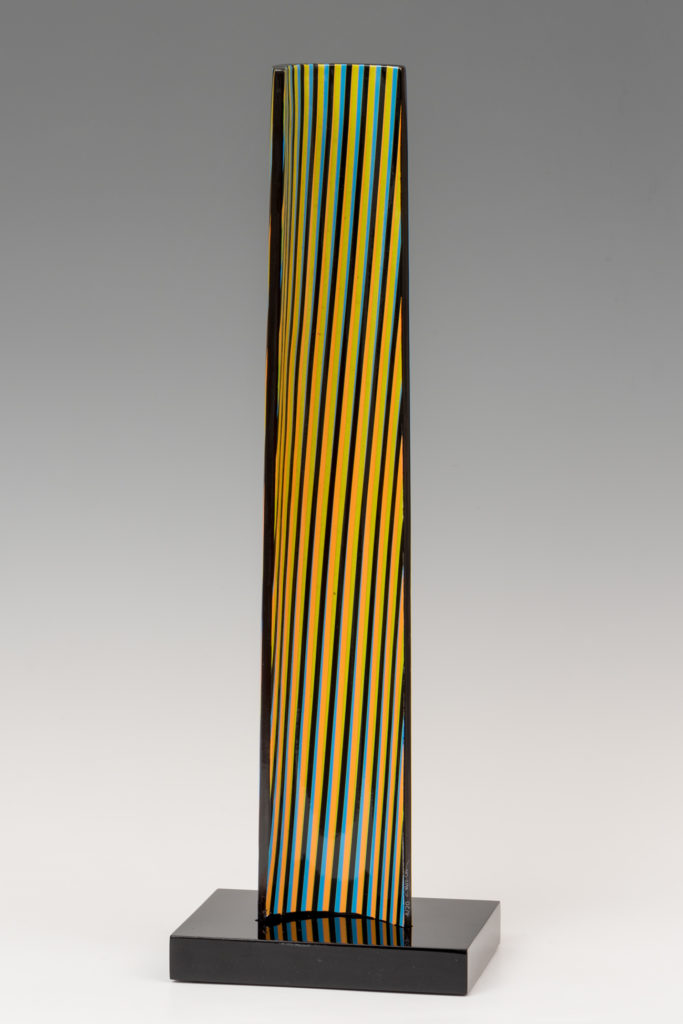
“Cromovela Treigny C Series 12”.
CARLOS CRUZ-DIEZ 35181939
Venezuelan artist Carlos Cruz embodies one of the most important figures of Kinetic art and Op-art, through which he explored the optical possibilities of geometry and color to depict movement and create fluid and changing visual experiences that invite the viewer to become aware of the instability of what is real or what we perceive as real. His investigations on perception and optical illusions, which have their origin in the research developed by Isaac Newton, Jose Albers, Piet Mondrian and Malevich, among others, made him one of the great innovators of the 20th and 21st centuries. In works such as the one presented here from the “Cromovela” series, he uses the decontextualization of geometric elements and color to create a network of diagonal lines of contrasting colors that create an illusion of movement as the viewer’s position fluctuates in relation to the work.
The influence of these avant-garde movements extends to the present with artists such as:
The work of Jose Maria Yturralde, a key artist in today’s art scene, is built on two fundamental pillars: his obsession with space and color and his determination to eliminate the border between science and art. In 1967 he began his well-known “impossible figures” with which, as in Setdart, he sought the active participation of the spectator who must mentally reconstruct a work that, at first glance, seems normal but which, upon analysis, proves impossible. The representation in perspective of geometric figures on a two-dimensional surface leads the observer to interpret these elements as volumetric figures that sometimes approach and sometimes move away, a visual effect achieved through subtle gradations in the shading. However, the perceptual illusion contrary to geometric logic surprises the viewer by the impossibility of transferring this figure to the world of reality.
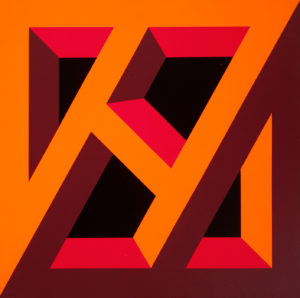
Lot: 35159856. JOSE MARÍA YTURRALDE LÓPEZ. “Impossible figure”, 1978.

